Worlds Oldest Leggings





$44.00
$44.00

Worldwide Shipping
● Production time 4-7 business days
● Estimated delivery 2-3 weeks

Product Information
82% Polyester / 18% Spandex
Four-way stretch
50+ UPF(Ultraviolet protection factor)
Slim fit
Great for workouts or casual wearing, keeps you nice during summer and warm in winter
Squatproof - not seethrough
Elastic, no bagginess - keeps it's shape after heavy use and under pressure
The story & symbolism
This piece was inspired by the oldest pair of pants we currently have found. Dated to more than 3000 years ago, these pants were found at Tarim Basin in todays China, but back in those days who inhabited those lands is debated. One of the possible culprits is the Tocharian people, as we have evidence from their burials on the site in a similar timeframe of 3000 years ago, some of these even contain Tocharian mummies, which is a glimpse back in time in terms of their appearnce, attire and values. These pants were worn by someone very important and there has been finds with similar patterns, so that means that the pattern was rather known - imagine a brand image, be it nowadays or similar to an Ulfberth sword. The pants themselves are crafted extremely well, the original ones were woven not stiched together and worn by someone on horseback, thats why the originals also have a centerpiece on the crotch. I've left this part out on the modern joggers render as it was not really that comfortable, unless you are riding a horse.

Oldest pants found
The pants were also found on one of the mummies from the Tarim Basin, labeled as the Turfan Man. The pattern at the bottom is a recurring one, found on pottery far away from the place of this mummy. The symbolism of this is uknown to us, it couldve been just a fashion choice as well, a pretty well known pattern - or perhaps this pattern meant something to people back in the day and thats why we see it pop up from time and time again. Similar hooked pattern also appears on the Överhogdal tapestry from Sweden, where the Yggdrasil branches are represented with a similar squareish hook style, so perhaps these symbolise the roots or branches of the tree of life. Original picture from German Archaeological Institute
From social media
Worlds Oldest Leggings
$44.00
$44.00

Worldwide Shipping
● Production time 4-7 business days
● Estimated delivery 2-3 weeks








 Upperbody
Upperbody
 Lowebody
Lowebody
